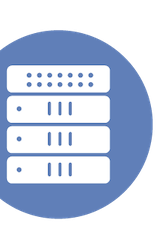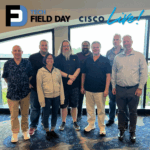|
|
This video is part of the appearance, “VIAVI Presents at Tech Field Day Extra at Cisco Live US 2025“. It was recorded as part of Tech Field Day Extra at Cisco Live US 2025 at 10:30-11:30 on June 11, 2025.
Watch on YouTube
Watch on Vimeo
As network environments grow in complexity, speeds, and feeds, packet analysis gets increasingly difficult. In this session, we shared the results of research into how Artificial Intelligence has the potential to change the game, including automating anomaly detection, accelerating root cause analysis, and revealing patterns in network traffic that might otherwise go unnoticed. But how can AI fit into your current troubleshooting workflow, where is it reliable, and where do we need to validate its findings? Can AI really spot the issues that matter? Whether you’re a network engineer, a security analyst, or anyone responsible for performance and uptime, you’ll walk away from this session with practical guidance on how to use AI effectively, and a better understanding of its limitations.
Ward Cobleigh and Chris Greer discussed the current state of AI-driven packet analysis, particularly focusing on how popular Large Language Models (LLMs) handle PCAP data. They presented a small, deliberately crafted PCAP file with one significant anomaly (a 132-second server response time) to various LLMs, including Claude, Sonnet 4, GPT, Copilot, and Gemini (OG and 2.5 Pro preview).
Personnel: Chris Greer, Ward Cobleigh








